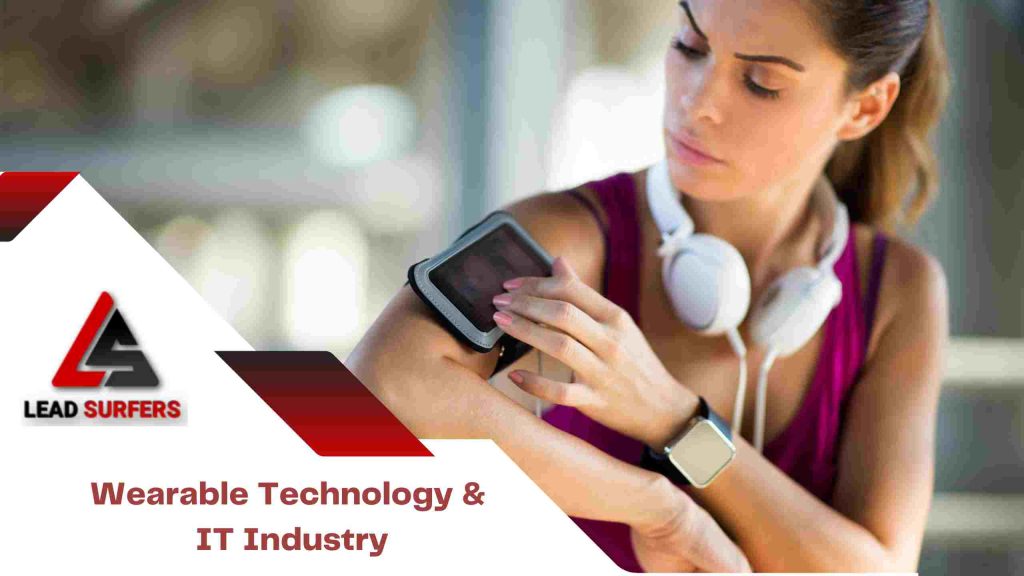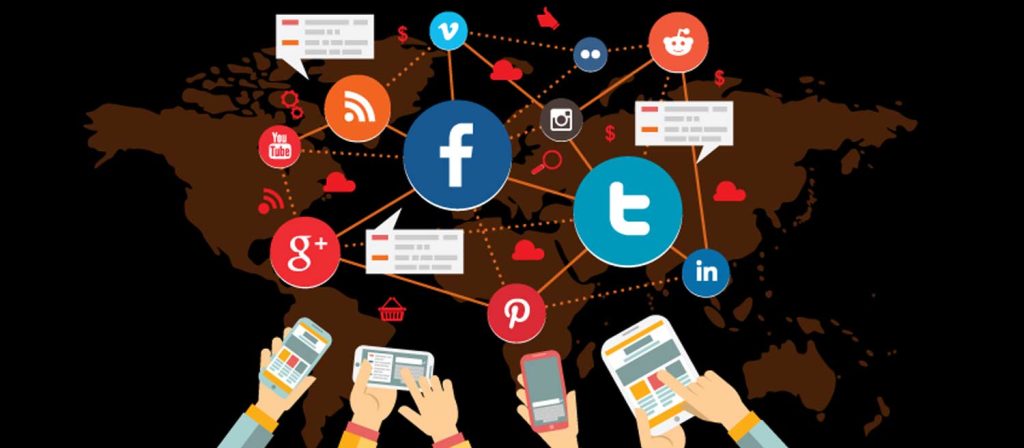Wearable technology has emerged as a game changer in the realm of information technology. It refers to wearable technology such as smartwatches, fitness trackers, and smart eyewear. Wearable technology has grown in popularity in recent years because it provides users with a variety of benefits such as ease, mobility, and connectivity. In this post, we will look at how wearable technology is affecting the IT business.
The rise of wearable technology has had a significant impact on the IT industry. Wearable gadgets have become increasingly complex and feature-rich, allowing users to track their fitness levels as well as monitor their heart rate and sleep habits. As a result, the demand for wearable technology has risen dramatically.
One of the most significant ways that wearable technology has impacted the IT business is the emergence of new work opportunities. As wearable technology has risen in popularity, so has the need for experienced individuals who can design, build, and manage these devices. As a result, new professional roles have emerged, such as wearable technology designers, developers, and engineers.
Wearable technology has had a huge impact on the IT industry in terms of innovation, in addition to offering new job prospects. Wearable gadgets are continually changing and growing more complex, introducing new features and functionality to their users. This has resulted in a greater emphasis on innovation within the IT industry, with companies attempting to develop new and inventive wearable devices.
Another way that wearable technology has influenced the IT industry is the development of new business models. Wearable technologies have created new revenue streams for businesses, such as the sale of wearable gadgets or the supply of wearable technology-based services. This has resulted in the development of new business models, such as subscription-based businesses that give customers access to wearable gadgets and the services that go with them.
The growth of wearable technology has also influenced how IT companies approach product development. Product development used to be a time-consuming and difficult process, with corporations spending months or even years inventing new goods.
The fast-paced nature of the wearable technology business, on the other hand, has resulted in a change towards a more agile and iterative approach to product development. Businesses are now more focused on rapidly producing and launching new products that satisfy the wants of users, rather than spending a lengthy period developing a product that may not be market successful.


